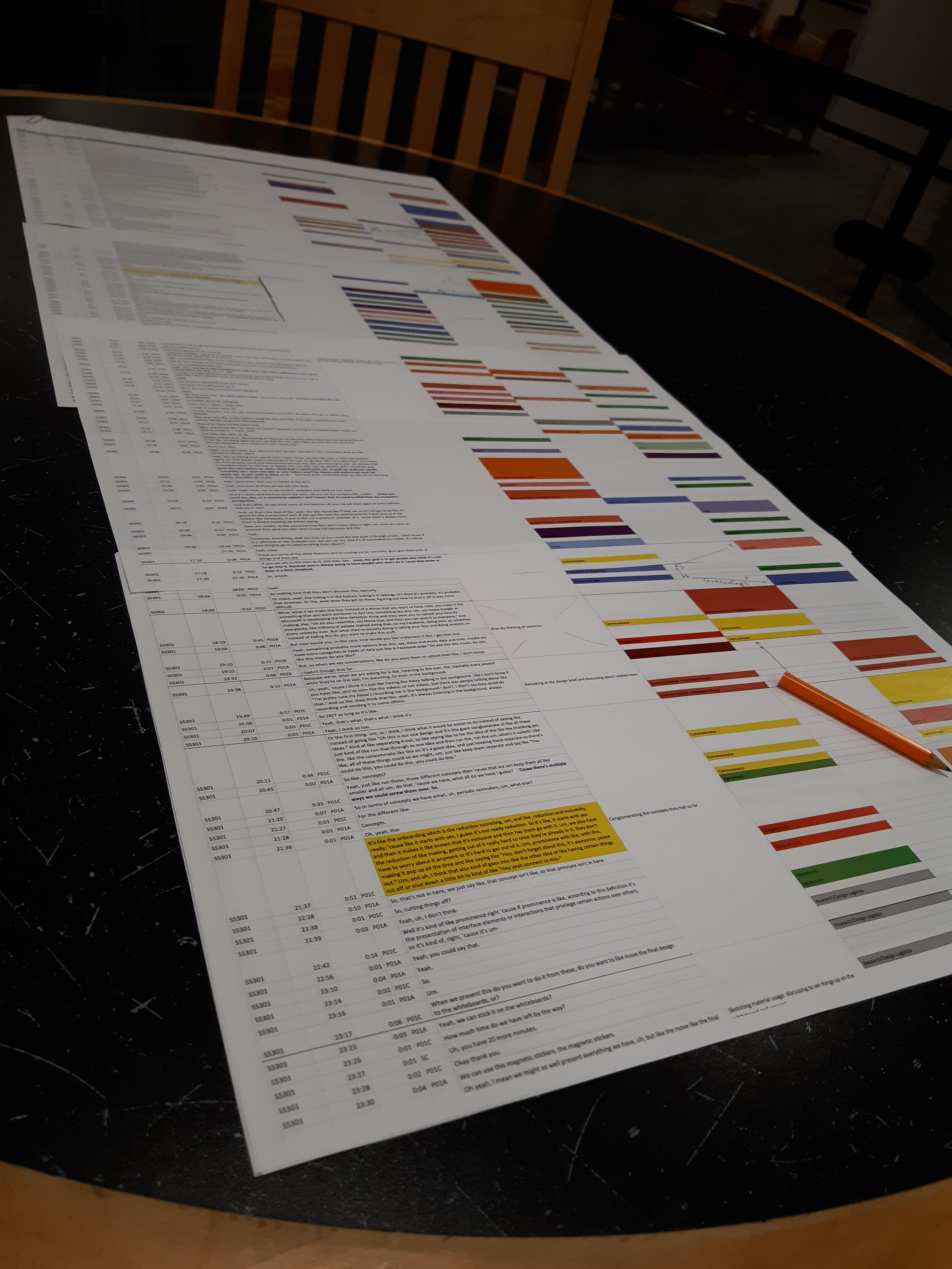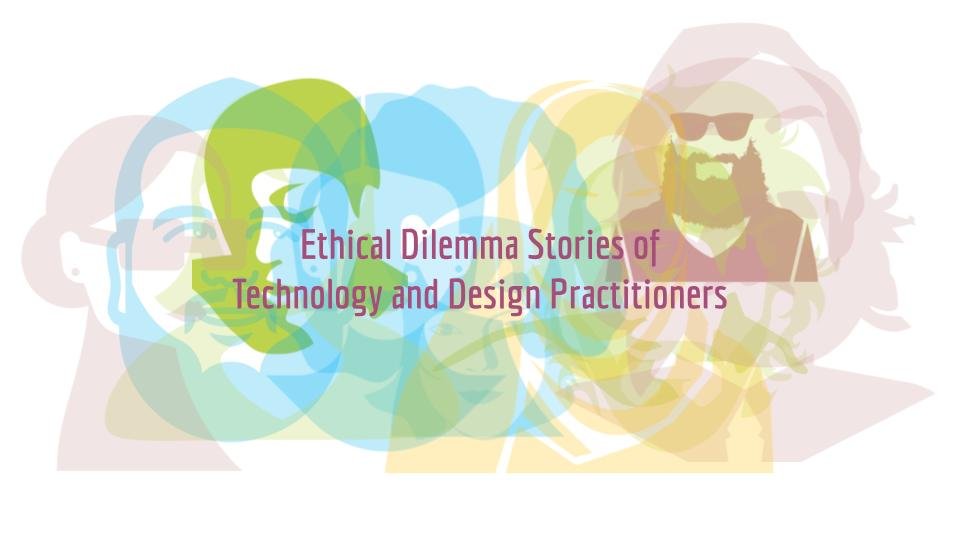Ethics in HCI Practice







Dark Intentions . Evil Propagation | Designer’s Perspective
What underlying designer intentions point towards either user or stakeholder values? Are designers balancing user and stakeholder values?
Design activity is a value-laden work. In practice, it is a collaborative effort among a group of designers trying to support stakeholder requests. This perspective of my research aimed to reveal designer’s values during decision making.
I conducted lab protocol studies, with two different protocols/ design prompts. Each protocol session engaged multiple groups of three designers to solve a design task over a 60mins session. Taking a interpretivist and critical lens, the data informed the following studies:
With an altruistic design prompt to redesign the donation experience to increase conversion rate for a charity website, a thematic analysis and pattern analysis based on a self-designed research method called Ethicography, revealed that participants had sensitivity towards user values, but often contradicted these values through dark, often tacit, intentions to persuade users, thereby achieving stakeholder goals (E2}.
With an evil design prompt to “manipulate the user” to give full access to Alexa’s microphone at all times, a sequence analysis uncovered co-evolution of evil solutions supported through the collaboration defining “patterns of value-laden co-evolution” {C8} and a thematic analysis described “dark” roles taken by student designers {C10}.
I designed a researcher-focused method for value discovery during design activity among designers, called Ethicography, helping ethics researchers to identify value-centered and manipulative linking patterns during design activity {C5}.




Ethical Design Complexity . Identity Claims | Practitioner's Perspective
How do practitioners express ethical awareness, identities, and felt concerns in practice? How do practitioners acknowledge and address ethical complexity in their everyday practice?
Designer’s process and everyday user’s perspective captured, it was time to investigate the professional settings, beliefs, challenges and situations of those technologists.
I conducted studies to describe ecological factors, ethical awareness, and everyday ethical aspects of sociotechnical practice. Taking a practice-led approach, I conducted the following studies:
With observations with 3 UX practitioners in 2-3 sessions for 2-4 hours each in their professional context, a case-study analysis illustrated 3 unique cases to propose a model of “ethical design complexity” which is defined as the choreography between individual ethical awareness, organizational practices and applied ethics {C4}.
With semi-structured interviews with 11 UX practitioners, a thematic analysis identified five dimensions of ethical awareness of these practitioners in relation to their design practice {C6}.
With semi-structured critical interviews with 16 sociotechnical practitioners, a reflective thematic analysis presented eight distinct identity claims and beliefs representing roles relating to learning, educating, following policies, feeling a sense of responsibility, being a member of a profession, a translator, an activist, and deliberative {C9}.